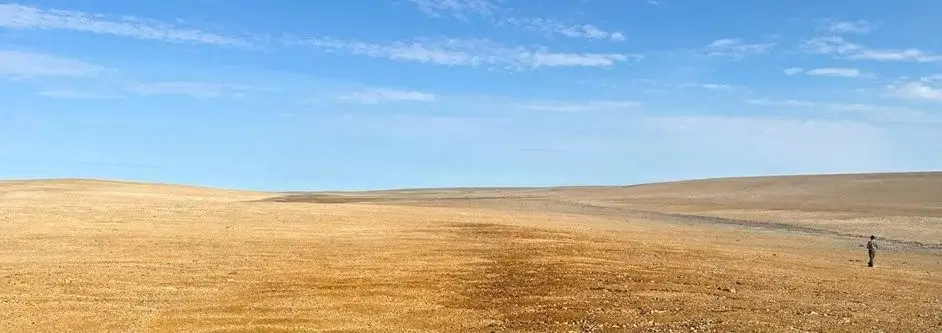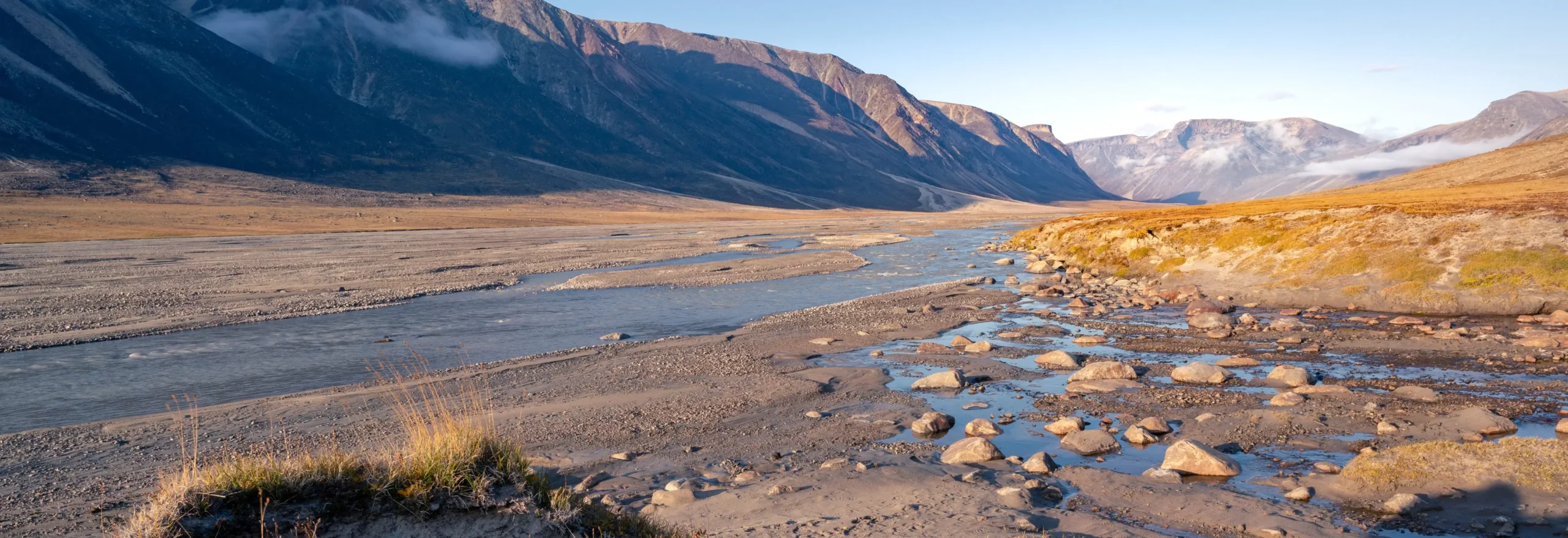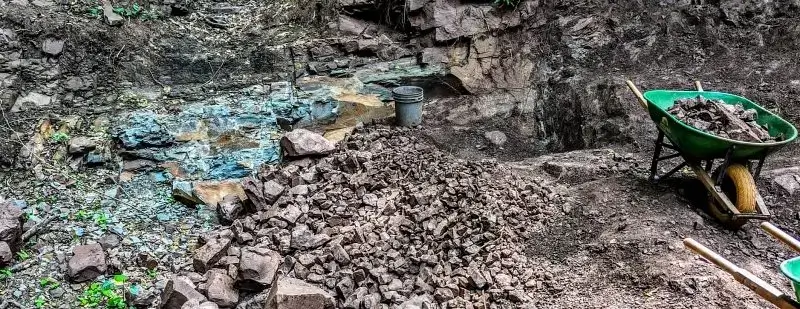Strike Length Extended to Over 4 Kilometers
The Australian copper explorer American West Metals Limited (ASX: AW1; FRA: R84; OTCQB: AWMLF) has mapped promising weathering traces in the characteristic form of a gossan over a length of more than 4 km on the still little-explored exploration target Tempest, 40 km south of the drilling on the advanced copper targets at Storm on Somerset Island, Nunavut, Canada. Initial geochemical samples from surface gossan rock yielded values of 38.2% Cu and 30.8% Zn!
A ground electromagnetic (EM) survey at Tempest has defined a series of EM anomalies that coincide with the high-grade copper and zinc gossans, representing high-priority drill targets for the 2024 field program. Magnetic data suggest that Tempest may be located on a large structural discordance – a geological environment that is very promising for base metals. The results at Tempest underscore the significant regional potential in the project area.
Dave O’Neill, Managing Director of American West Metals, commented: “Exploration of the little-explored Tempest area was a priority of the 2023 regional exploration program due to historical sampling of copper gossans that yielded grades of more than 32% Cu. The program has successfully extended the anticipated strike length of the gossans and EM anomalies to over 4 km and produced exceptional copper and zinc grades with grades of up to 38% Cu and 30% Zn.”
Potential for a Unique Mixture
The gossan samples at Tempest differ in composition from those typically found at Storm, showing higher grades of other metals, including zinc, lead, and gold. The Storm gossan samples generally contain only copper +/- silver and only traces of zinc and lead. This could indicate that the gossans at Tempest originate from a different mineralization style or a combination of mineralization styles.
The metal association of the Tempest gossans and the geological environment suggest that the area has potential for a unique mix of Storm- and Seal-like mineralization (i.e., close coupling of prospective stratigraphic zinc and copper horizons) as well as volcanogenic massive sulfide (VMS) and SEDEX-type base metal deposits. The discovery of VMS base metal mineralization in the Proterozoic rocks at Tempest would be the first of its kind in the project area.
Conclusion: Further news from the Storm project is expected in the coming weeks. Tests for Direct Shipping Ore (DSO) processing from the 2750N and 4100N zones are in full swing. In parallel, work is underway on the resource estimation of the Storm copper mineralization. Additionally, the American West team is already working on planning for the upcoming field program in early 2024. Given the overwhelming success of the resource drilling in 2023 with a 100% hit rate and the outstanding discoveries at Tempest, it is expected that activities in 2024 will be significantly more extensive than this year. It is becoming increasingly clear that the Storm project deserves a special position among global base metal projects.







